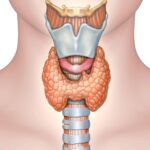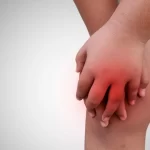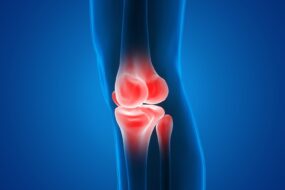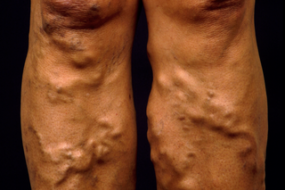Subarachnoid hemorrhage is bleeding into the subarachnoid space, the space between the arachnoid and pia mater.
Types;
1. Traumatic SAH- the most common due to traumatic brain injury
2. Nontraumatic SAH-
A) Mainly caused by rupture of intracranial aneurysms, mostly berry aneurysms arising from the bifurcation of cerebral arteries(85%)
- The most common involved vessels are the anterior communicating artery, posterior communicating artery, or middle cerebral artery.
Risk factors include;
- It affects women more than men, and usually before the age of 65
- First-degree relatives with saccular aneurysm
- Polycystic kidney disease
- Connective tissue defects, e.g., Ehlers Danlos syndrome
- Smoking
- Hypertension
- Methamphetamine and cocaine use
- High alcohol consumption
B) 10% are nonaneurysmal- also called peri- mesencephalic hemorrhages
C ) 5% are due to arteriovenous malformations and vertebral artery dissection
Clinical features
- Thunderclap headache. The patient describes it as ” the worst headache of my life.” It is often occipital, associated with vomiting, neck stiffness or pain, and raised blood pressure. May last hours to days
- Loss of consciousness may occur at the onset
Physical examination
- Distressed and irritable patient with photophobia
- Neck stiffness
- Focal neurologic signs, e.g., hemiparesis or aphasia, may occur
- Oculomotor nerve palsy, with posterior communicating artery aneurysm, is rare
- Fundoscopy- subhyaloid hemorrhage
Others;- fever,
-prodromal signs of a “warning leak” may occur weeks before- severe headache, transient diplopia
Investigations and management of nontraumatic SAH
1. CT scan without contrast; a negative result, however, does not rule it out
2. Lumbar puncture- done 12 hours after symptom onset to detect xanthochromia
3. Cerebral angiography- done if any of the above 2 are positive to determine the best approach to prevent recurrent bleeding
Management
- Do the ABCDEs to stabilize the patient
- Anticoagulant reversal
- Management of blood pressure
- Nimodipine(30-60mg IV for 5 to 14 days, then 360mg orally for a further seven days) to prevent delayed ischemia in the acute phase
- Inserting platinum coils or surgical aneurysm clipping reduces the risk of recurrence. Coiling is preferred
- AV malformation- surgical removal, ligation of the vessels, or injection of material to occlude the fistula or draining veins
Complications
- Obstructive hydrocephalus
- Delayed cerebral ischemia
- Hyponatremia
- Chest infection and venous thrombosis due to immobility
Prognosis
- Immediate mortality is about 30%
- Survivors have a recurrence rate of about 40% in the first four weeks and 3% annually after that.
Traumatic brain injury
A CT scan without contrast is diagnostic
Management is mainly supportive with the prevention of secondary brain injury due to hypoperfusion and hypoxia.
Surgical management of any associated lesions












